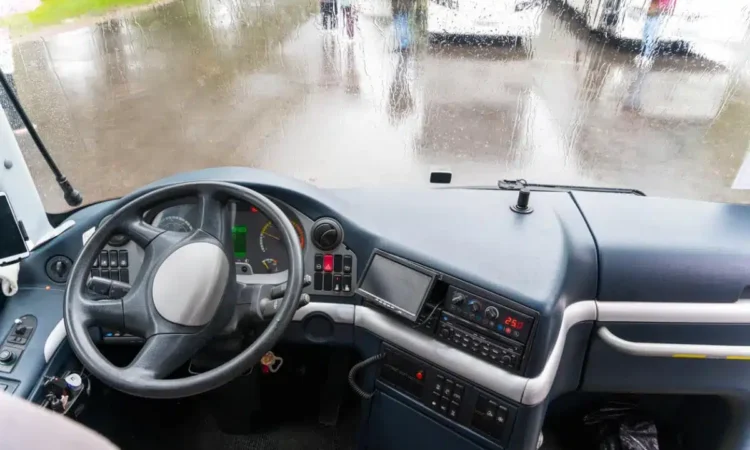This move comes as part of Canada’s attempt to mitigate driver shortages in the busing and transport trucking industries across the country.
On November 16, 2022, Immigration, Refugees, and Citizenship Canada (IRCC) transitioned from its National Occupation Classification (NOC) 2016 system to an updated NOC 2021 version.
As part of this transition to NOC 2021, IRCC made 16 occupations newly eligible for Express Entry. Included among those additions are transport truck drivers and bus drivers, two occupations that are pressured by significant labour shortages across Canada.
Canada’s school bus driver shortage
Within the busing industry, Canada has long dealt with a lack of school bus drivers in several parts of the country. Due to such factors as low wages and “a rash of retirements during the pandemic”, for instance, many communities across the country are struggling to find transportation for students.
As an example, employment shortages in this industry have led to the cancellation of much-anticipated events for students across Canada, such as an 8000-student cross-country meet organized by one Catholic School Board in London, Ontario last October
Also in October 2022, Global News reported that a school bus driver shortage in Montreal forced the cancellation of several bus routes, a similar outcome as what happened to one Yellowknife community in the first week of 2023.
Transportation via school buses is vital for many children across the country, as one Transport Canada news release estimated back in July 2022 that 2.2 million children in this country “travel to and from school [on buses] every day.” Therefore, labour shortages in this industry can have a significant impact on the lives of many young Canadians, who rely on these methods to get to and from school daily.
Canada’s truck driver shortage
The truck driving industry is integral to the progression of the national supply chain across Canada. A high number of vacancies in this industry — reported at 18,000 in Q2 2021, a number that has risen to 20,110 as of Q2 2022 according to TruckingHR Canada — “has a heavy impact on the national economy when there are disruptions and labour shortages.”
Due in part to issues ranging from “safety concerns [and] high upfront training costs” to work-life balance and retirements, TruckingHR Canada estimates that over 34,000 truck drivers will leave the industry annually. This means that the trucking industry, where the job vacancy rate among Transport Truck Drivers (NOC 2021: 73300) was 9.1% in Q2 of 2022, will continue to hinder the Canadian economy if nationwide labour shortages continue to rise.
Changes to Express Entry aimed at mitigating labour shortages in the transportation industry
To mitigate the above-outlined labour shortages, IRCC has added transport truck drivers and bus drivers to the list of occupations eligible for immigration to Canada via Express Entry.
The Government of Canada remains hopeful that this expansion to Express Entry eligibility, along with other changes to Express Entry such as targeted draws, will drive more foreign nationals — especially skilled workers who are best able to fill the country’s most pressing labour gaps, including those outlined above — toward Canadian immigration in the future.
Note: Targeted Express Entry draws, which are expected to begin as early as Q2 2023, will allow IRCC to conduct Express Entry draws that place less priority on a candidate’s Comprehensive Ranking System (CRS) score and instead seek out prospective immigrants based on specific target attributes such as their language skills, educational backgrounds, or work experience. Further details regarding the specifics of targeted Express Entry draws will become available as Canada gets closer to implementing the new procedure.
Other immigration options for foreign truck and bus drivers
Beyond Express Entry, foreign nationals looking to come to Canada have several immigration options.
These options include such pathways as Provincial Nominee Programs (PNPs), which are operated in 11 of the country’s 13 total provinces and territories (excluding Quebec and Nunavut), as well as the Atlantic Immigration Program (AIP) and the Rural and Northern Immigration Pilot (RNIP).
The above programs, as well as many others across the country, allow each region in which these programs operate to selectively pick and choose foreign skilled workers that the local government feels would best help address local labour market gaps.
Accordingly, in the case of bus and/or truck driving, if a prospective immigrant were to apply to a program operated in a region that had a particularly large labour gap in the trucking or busing industry, they would be positioning themselves well to possibly immigrate to that area and work locally as a bus or truck driver.


